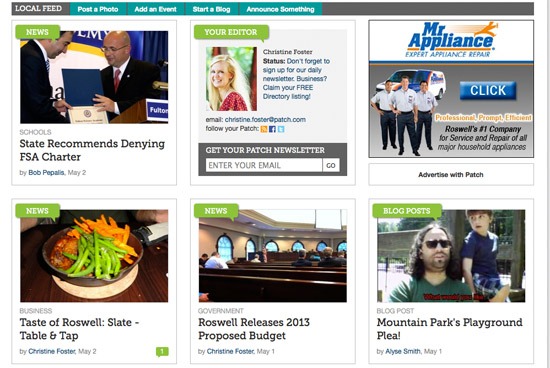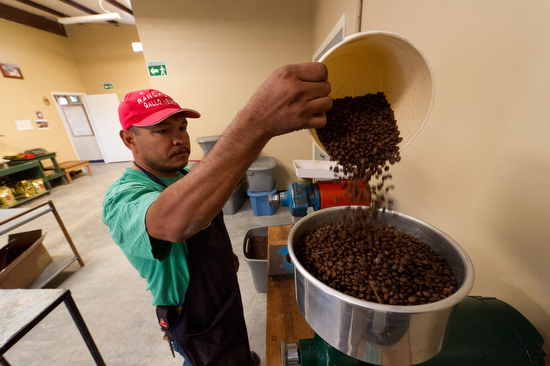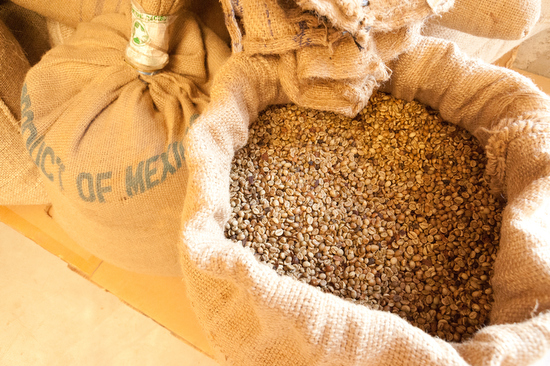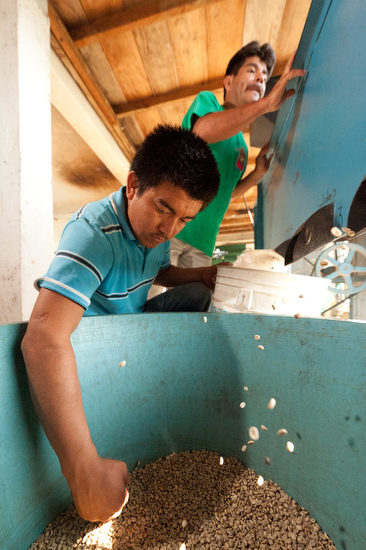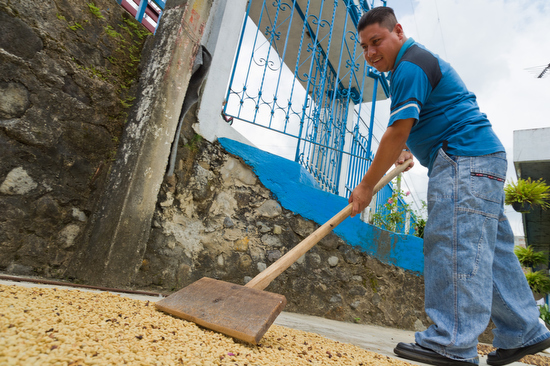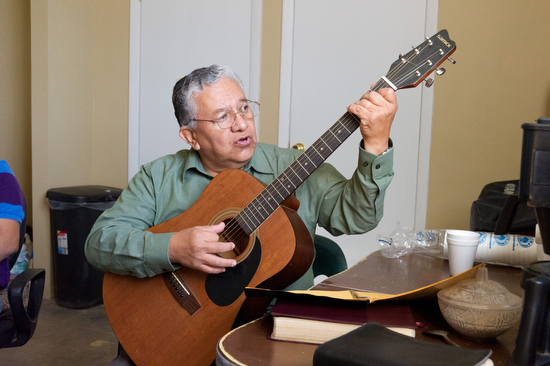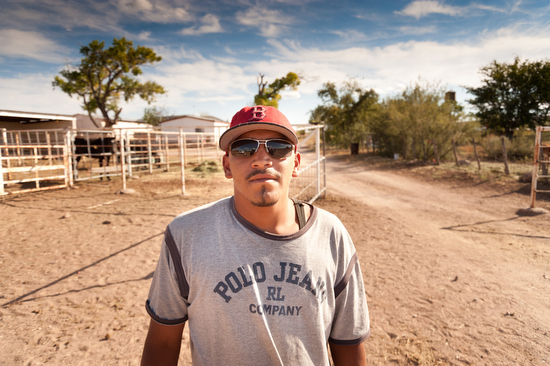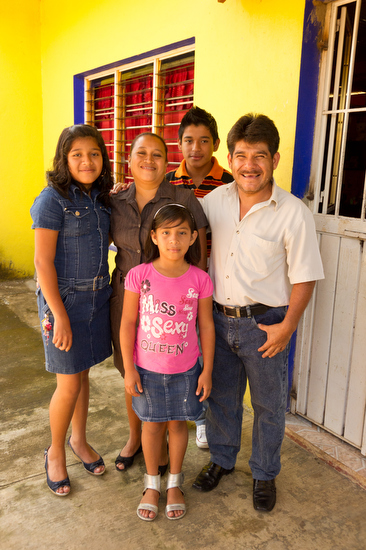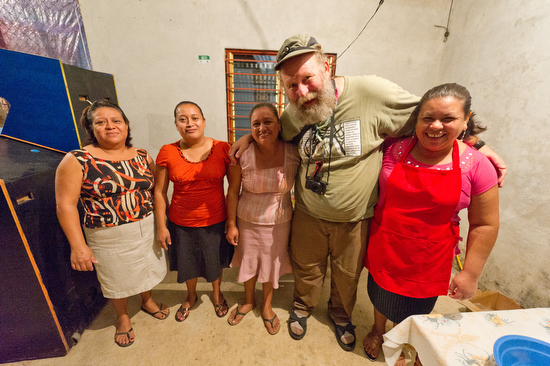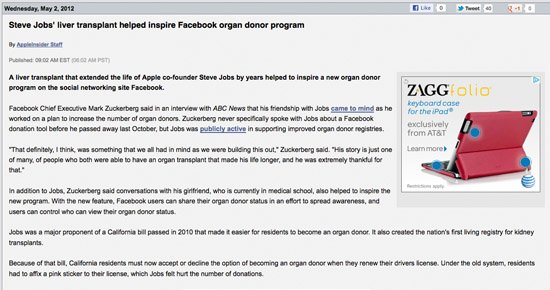 |
| This is how many writers are publishing their articles online–no photos. The photo on the right here is an advertisement and not part of the story. |
Writing a good lead for a story frees you up to write the rest of the article. The lead announces and grabs the attention of the reader. It will help define the style of the writing to come.
If you are like many writers posting to the web you are examining the results of your articles. You are watching those page hits.
The Computer is a Clue
Here is a big clue as to why a lot of people are not reading your work. It is on the computer.
Macintosh was the first commercially successful personal computer to feature a mouse and a graphical user interface rather than a command-line interface. It was successful because most people prefer working with and looking at images rather than text.
A look at Church history with text
Let’s go back even further to help make the point that people are not just naturally drawn to text. The first 300 years of the Catholic Church there was no Bible. In 1041 moveable clay type was invented in China.
It wasn’t until 1440 when Johannes Gutenburg had his first workable printing press.
How did Christianity spread around the world those first 300 or even 1440 years with almost no text readily available to the masses? Not only was text limited, the masses were illiterate. There were no churches until 231 AD.
Early Christianity was primarily an urban faith, establishing itself in the city centers of the Roman Empire. Most of the people lived close together in crowded tenements. There were few secrets in such a setting. The faith spread as neighbors saw the believers’ lives close-up on a daily basis.
It was during these times of no Bibles, when Christianity spread around the world.
Even Text Heavy Newspapers Changed
Today even the Wall Street Journal leads with photos on their website.
Pick your lead photo just like you pick your lead text
A good Associated Press Photo captures the story like a good lead does with text. It is telling the story with a picture that records a moment in time. It is the fleeting moment that in an instant sums up the story. The famous Magnum photographer Henri Cartier-Bresson called this the “Decisive Moment.”
A good lead is more like a good question than a statement. The statement does not necessarily make you want to read the rest of the story. The lead may be a statement, but the statement of a good lead makes the reader ask a question. They want to know more.
I am consistently seeing writers who are in charge of their websites totally clueless to how to use visuals. Like in the example above from Patch.com images are used only because they know they need images, but they have almost nothing to help you like a lead would to get you to want to read the story.
If I were to write what one sees when they are looking at a photo, would it be a successful lead? It should be if it is going to work.
Which photo would you use?
I shot these photos for a story on Mexican coffee farmers that formed a cooperative that is helping save their farms and community. Which would you use as a lead?
In my opinion any one of them could work. They all introduce the topic of coffee in some way, but they all make you want to ask a question about something in the photo.
Now here are some other photos I took on the trip that are nice photos that I often will see writers use to start a story. See if you agree.
They are all nice photos. Some are quite strong even.
Can you see why these do not even help you introduce coffee into the story? I even use these in my story, but they are not the lead photo. They do work in many ways to ask questions. You might want to know who the people are and why they are happy or what are they talking about.
You can take a look and see how I used them in the multimedia piece here:
[youtube https://www.youtube.com/watch?v=Q9wmMSv3SoY]
Art for art’s sake or storytelling?
So, are your photos good leads for the stories? Maybe this is a clue as to why the readership numbers on many of your stories is so low.
Remember, the biggest change for the computer was when Macintosh introduced a graphical interface that replaced using text as the main way to navigate on a computer.
Today people enjoy touching their screens of their iPads and iPhones to move around. They are clicking on what visually interests them.
When it comes to storytelling all the research shows that strong storytelling images will engage a reader far more effectively than text.
Now that you know how important a good visual lead is to a story, how much time and effort are you going to dedicate to creating them. Doesn’t it demand even more attention that a good text lead? Your audience thinks so if you don’t.



